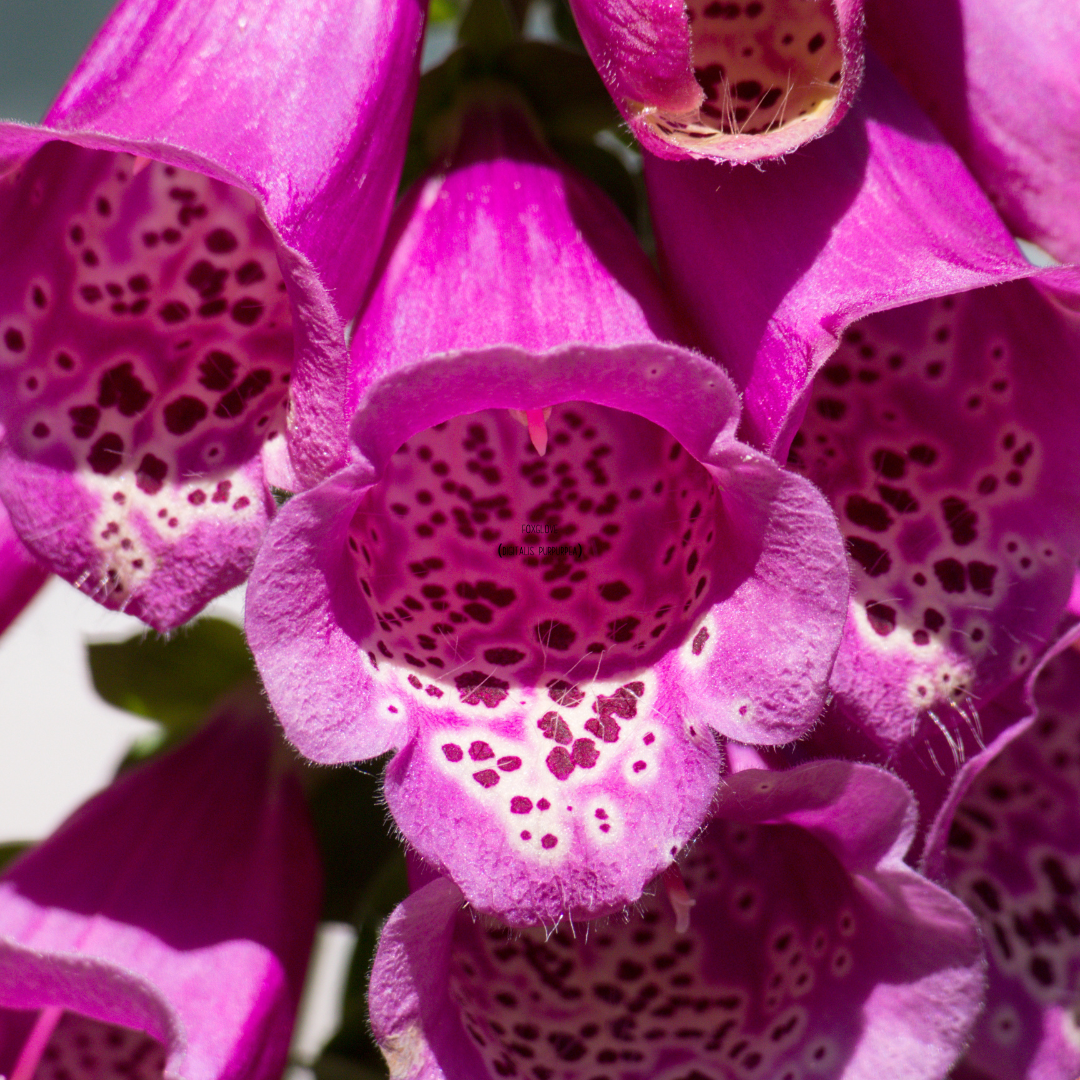”A beautiful well known plant is flowering now on the fringes of woodlands, gardens and many other spaces with its wonderful flowers that bees nestle into to gather the nectar capture my attention. Loves more acidic soil.
GeorgeFlavour Fred
In spring the leaves start off low to the ground, are oval shaped, hairy with a toothed margin on the ground in a rosette not to be confused with primrose, comfrey & mullein when young given foxglove is poisonous. Once the flower spikes they can get up and just over 2m with purple flowers (some white and other varieties exist) with darker spots on the bottom of the flower. A massive and very important pollinator.
Many stories around where the name comes from as mentioned throughout the video although it is unclear exactly where. A corruption of “folkslore”, used on the paws of foxes to keep them dry which was told to them by faeries 🧚 (anglo-Saxon) or even as a necklace of bells to keep hunters and hounds away (Norse folklore). More sources listed in comments
The plant is a source of digitalis and the source of the compound digoxin. A cardiac glycosides used to control some heart problems and irregular heart beats. Hence its use in herbalism as a heart tonic. If you go and eat this plant you are basically taking an unregulated dose of heart medicine which I could be fatal. Also used as a poison by some.
I LOVE IT
In Irish they are called Lus Mor (Great Herb), Méara Cait, Cats’ Fingers, also Lus na mBan Sí, Herb of the Faery Women’ or Méirín Púca, Little Finger of (the) Pooka.
In Scotland they are sometimes called Todd’s Mittens or Toddies
According to William Henry Fox 1847, “in French it is also a glove, gantelée (little glove), and in German, fingerhut a thimble. In Greece it is ‘the trumpet flower’ from the Greek salpigga, a trumpet. In Scotland witches’ thimbles, the witches, taking the place of the fairies.”
Digitalis first comes from Leonhard Fuchs in 1542 (for whom the Fuschia is named) referring to fingers (“digit”). Foxglove comes from an old English myth that foxes must have magically worn the flowers on their paws as they made their stealthy raids on the rural folk


